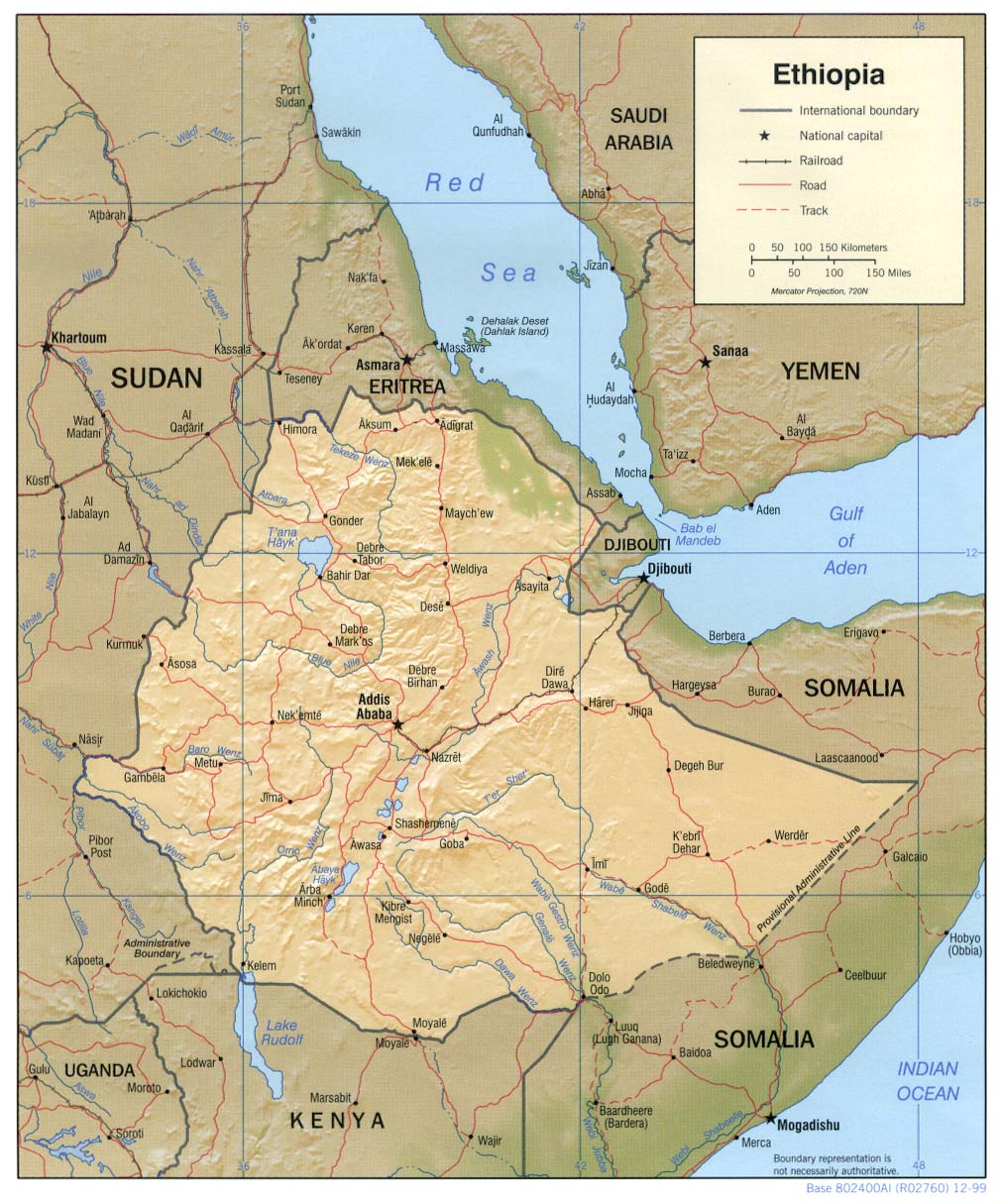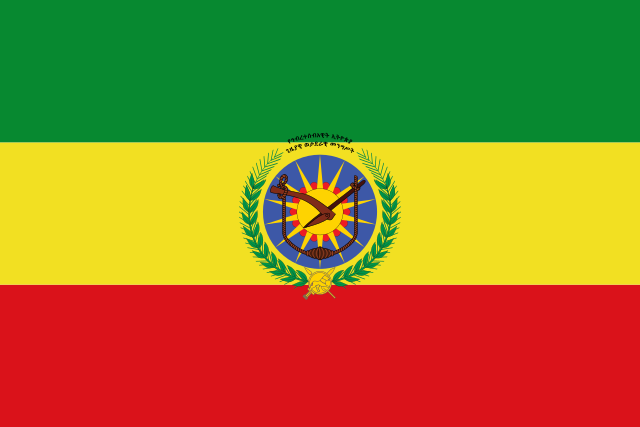In the fall of 1984, Dr. Brigitte Vasset stood in the midst of Ethiopian refugees suffering from a devastating famine and a vicious civil war. She expressed her frustration with the futility of using medicine to treat starving patients and then called for increased international food aid for the Ethiopians. “I am not a politician,” she declared. “I don’t care at all about what’s going on. . . . [All] I know is if nothing is done, there will be thousands, hundreds [of] thousands of people who will die.”
Vasset’s comments encapsulated the international response to the Ethiopian famine: massive amounts of food aid but little concern for the local and global politics fueling the crisis. Most international aid workers failed to realize that the governmental policies of the Ethiopian Derg, the communist and military committee that ruled Ethiopia, were playing a significant role in creating and exacerbating the suffering caused by drought.

International observers also overlooked the impact of the Derg’s fight with separatists in the northern portions of Ethiopia. The Ethiopian government’s military strategies actually played the largest role in creating the famine. As international aid entered the country, the Derg was allowed to continue its destructive war tactics.
The result was devastating, and much of the relief aid actually exacerbated the Ethiopian Civil War. Thirty years removed from the start of the Ethiopian Famine (1983-1985), lessons from the international relief effort’s failure continue to be ignored. Sadly, many humanitarian aid efforts continue to have the opposite of their intended effect.
International Response
At the beginning of the famine, the international community paid little attention to the macabre scenes unfolding throughout Ethiopia. This indifference would continue until BBC reporter Michael Buerk’s 1984 report.
Even thirty years later, Buerk’s footage is powerful. His report catapulted Ethiopian suffering onto the international stage, searing the global conscience with his images of emaciated bodies, dying children, and throngs of desperate refugees hoping for relief.
In response to the moving scenes, a widespread international movement coalesced to face the challenge of feeding the millions of starving Ethiopians. One of the most prominent efforts was led by singer-songwriter Bob Geldof, who organized a collection of prominent musicians and artists who came together to record hit single, “Do They Know It’s Christmas?”
The song helped raise awareness of the situation in Ethiopia, and the proceeds were set aside for the relief effort. Because of this song and other public awareness projects, millions of dollars worth of aid and supplies flowed into Ethiopia.
Impact of International Aid
As money began to pour in, international leadership and humanitarian coordinators blithely overlooked the political realities on the ground. While the millions of dollars’ worth of aid to Ethiopia saved some lives from starvation, the manner in which the relief efforts were administered actually cost the lives of many other Ethiopians.
In a fatal miscalculation, international organizations decided to funnel the majority of food aid through the Ethiopian government in the south instead of trying to reach the famine ravaged populations in the north directly. The Ethiopian Derg used the food aid as a military tool to take greater control over strategic areas in the north and to extend its influence into other areas, which would have been impossible without its tight grip on food supplies.

The flag of Ethiopia under the rule of the Derg, 1975-1987
Even if the Ethiopian government had not had these ulterior motives, it had little ability to reach the populations in the north or to distribute the aid in an orderly and effective manner. As a result, the international community’s relief efforts prolonged the Ethiopian Civil War, propping up a government whose number one goal was to stay in power, not to distribute desperately needed food to a starving population.
Lessons to be Learned
Recently, the ONE organization posted an article on the Ethiopian Famine’s 25th anniversary. While it pays lip service to the complicated situation that gave rise to the famine, the language of the piece shows that the international community has learned little from the consequences of its response to Ethiopia. The article highlights the millions of dollars raised and the thousands of lives saved, but it makes no mention of the problems the aid aggravated and created.
International crises have continued to garner worldwide attention, often becoming pet projects of celebrities eager to prove that they care for more than glitz and glamour. In a spirit of global citizenship and solidarity, well-intentioned individuals rush to donate in the wake of disaster and devastation, but their gifts do not always bear positive results.
Two recent examples from Haiti and Somalia show the challenges of providing help amidst humanitarian crisis. Following the 2010 earthquake in Haiti, the country was flooded with tons of rice to feed millions of people affected by the disaster. But the massive influx of rice caused local rice prices to fall precipitously, undermining the livelihood of Haiti’s many rice farmers.
In 2011, investigators in Somalia noted that large quantities of food aid were being stolen from refugee camps and then resold in the very same camps. This investigation prompted fears that the aid was doing little to alleviate starvation and that aid efforts were simply fortifying Somali rebels.
To be fair, international relief organizations would have a hard time raising money by portraying the complicated nature of what caused the problem in the first place. It is much more effective to tug at the heartstrings of viewers by showing starving victims in need of a helping hand.
But overly simplistic approaches can also lead to cynicism, donor fatigue, and unintended consequences when aid actually makes the situation worse. By not trying to get people to grapple with the complicated issues of humanitarian crises, viewers may donate, but they never ask the question of how and why the crisis happened in the first place.
- For more on Ethiopia, see our article, Who Owns the Nile? Egypt, Sudan, and Ethiopia’s History-Changing Dam
